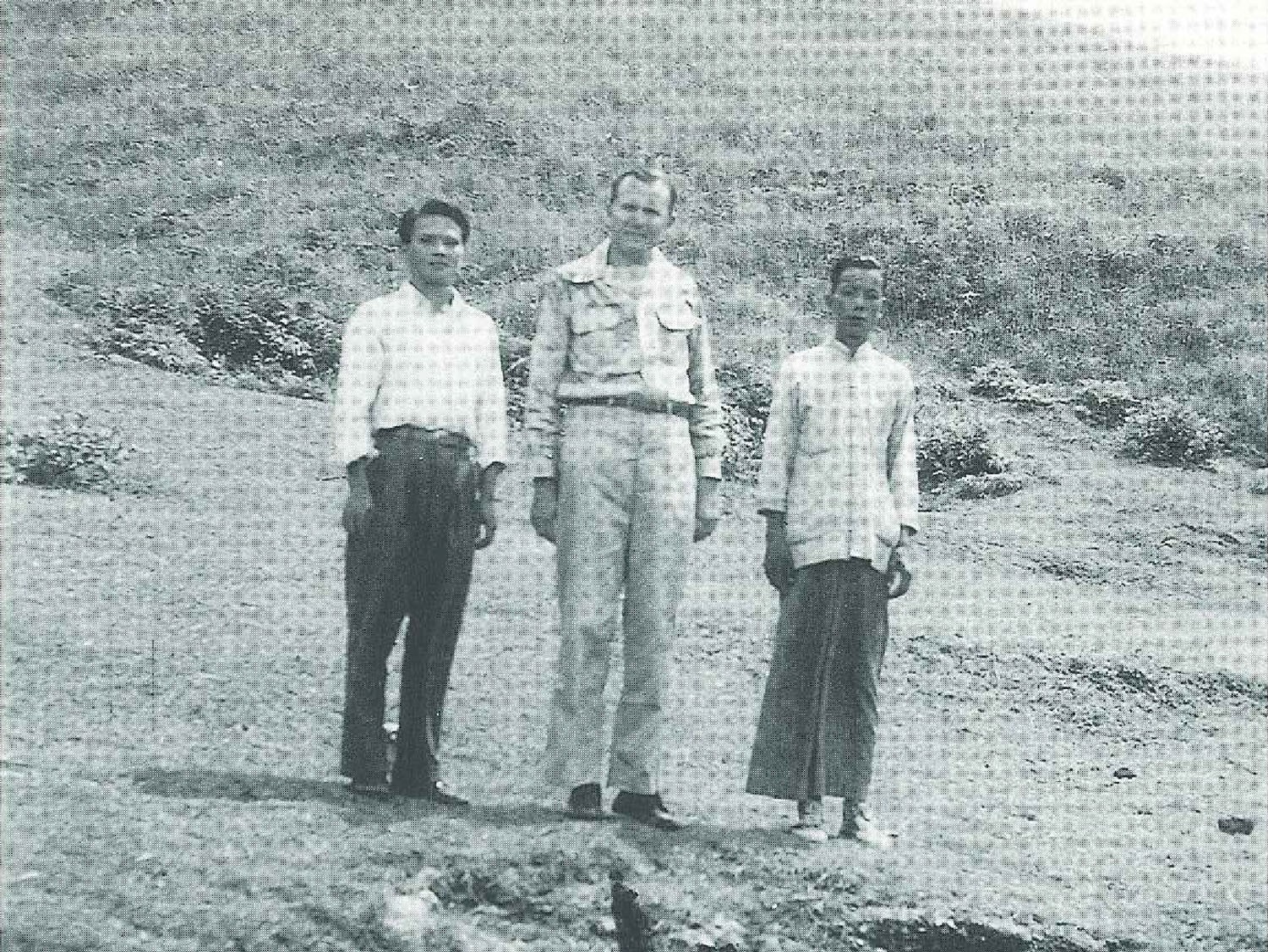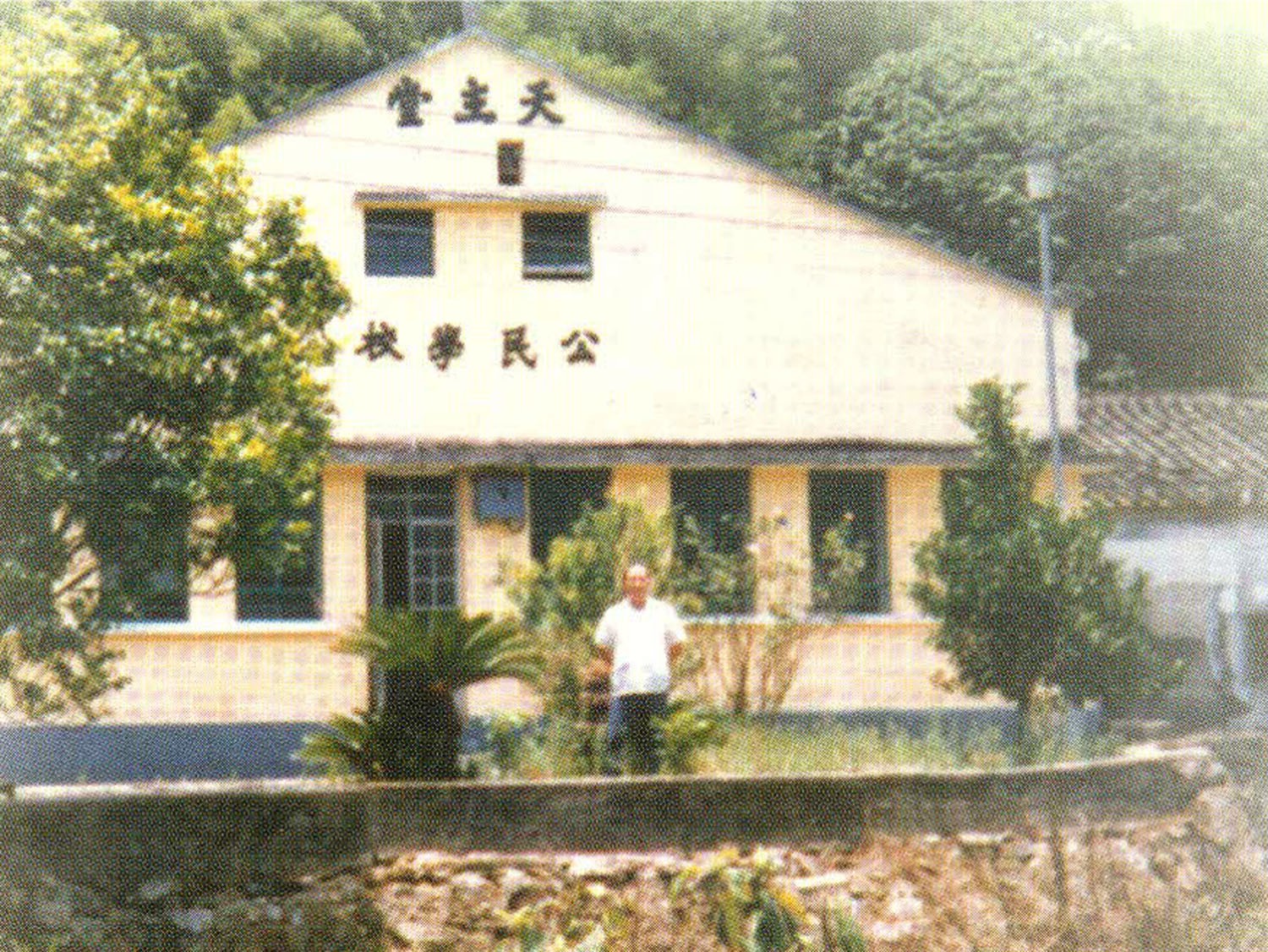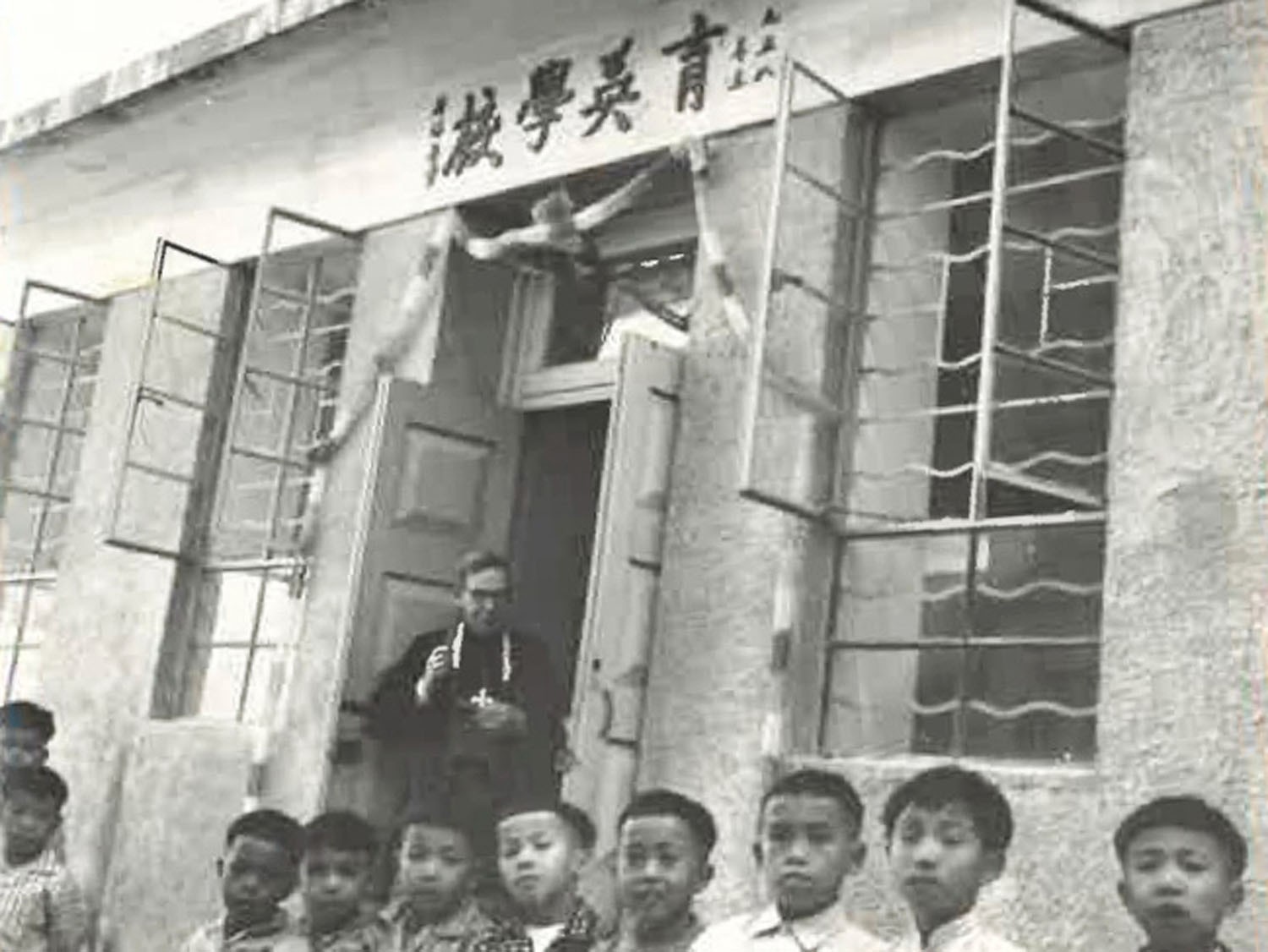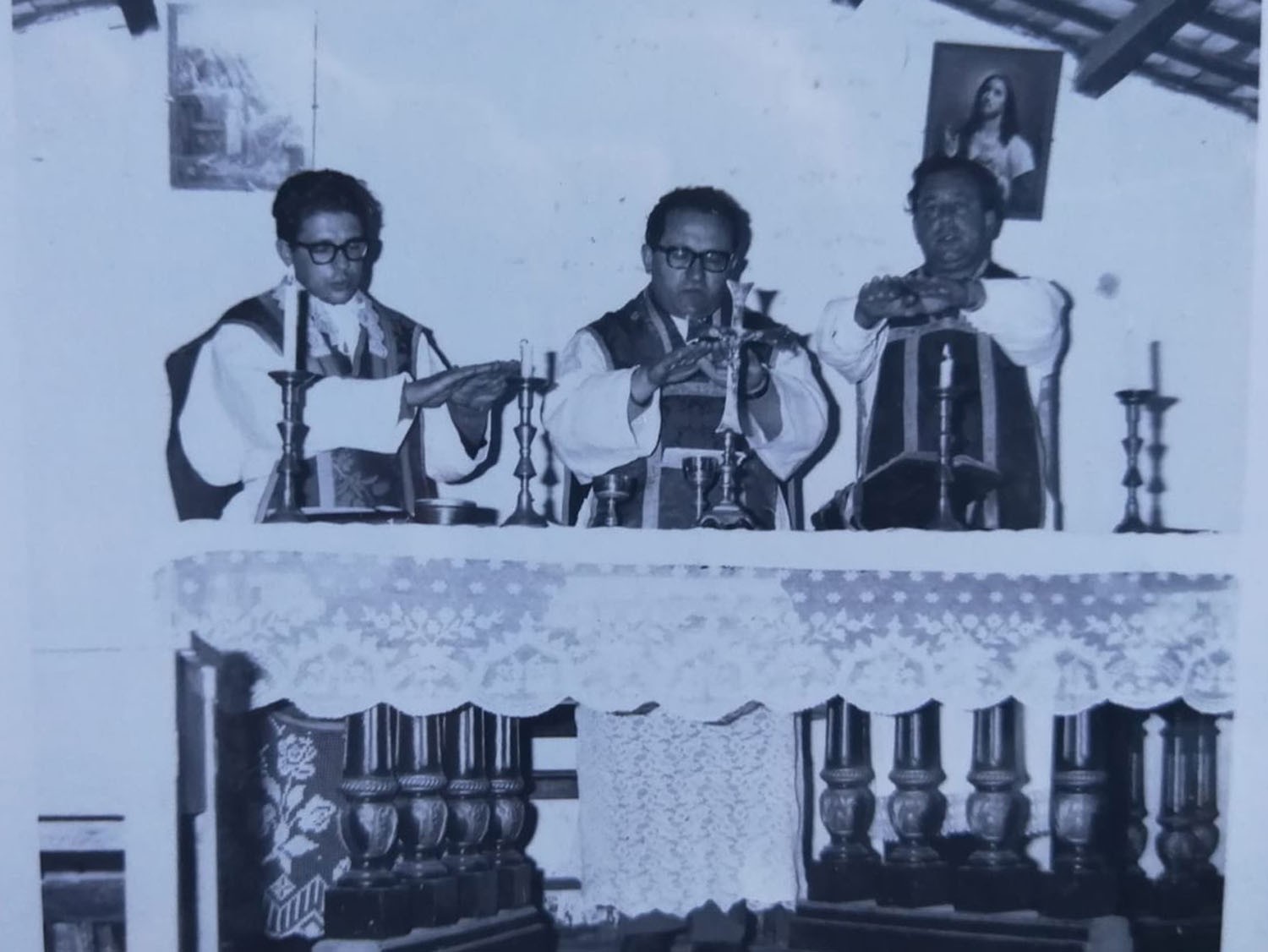Sai Kung Peninsula, Hakka People, and Catholicism
As early as 1864, Italian priests arrived in Hong Kong to preach and settled in Sai Kung. The missionaries often visited various villages on foot or by boat, spreading the message of Catholicism to the Hakka people, who were the main residents of Sai Kung at the time.
Villages such as Yim Tin Tsai, Chek Keng, and Tai Long were among the first to encounter Catholicism. Small chapels began to be built in the 1860s to baptize the first group of believers. Among them, the “Holy Family Chapel” in Chek Keng and the “Immaculate Conception Chapel” in Tai Long Village were the earliest established, the largest in scale, and had the most believers in the Sai Kung Peninsula. These chapels once formed an independent parish, managing other chapels on the Peninsula. Most of the chapels in the Sai Kung Peninsula were simple Hakka residential-style buildings. Apart from the door plaque and the cross above the main entrance, the chapels looked similar to ordinary Hakka village vernacular houses. It is believed that some chapels were donated by villagers who offered their homes to the church for use as chapels.
In daily life, the priests would assist Sai Kung villagers when they were harassed, leading villagers to form defense teams. The priests also learned the Hakka language to teach the doctrine in the dialect. They improved the villagers’ living standards by distributing medicines to treat deadly diseases like cowpox, smallpox, and influenza, and providing basic daily necessities such as milk, noodles, and vegetable oil. This gradually fostered a positive perception of Catholicism among the villagers. Some villages which originally believed in folk religions like the sea god and Tin Hau converted entirely to Catholicism.
 Home
Home









